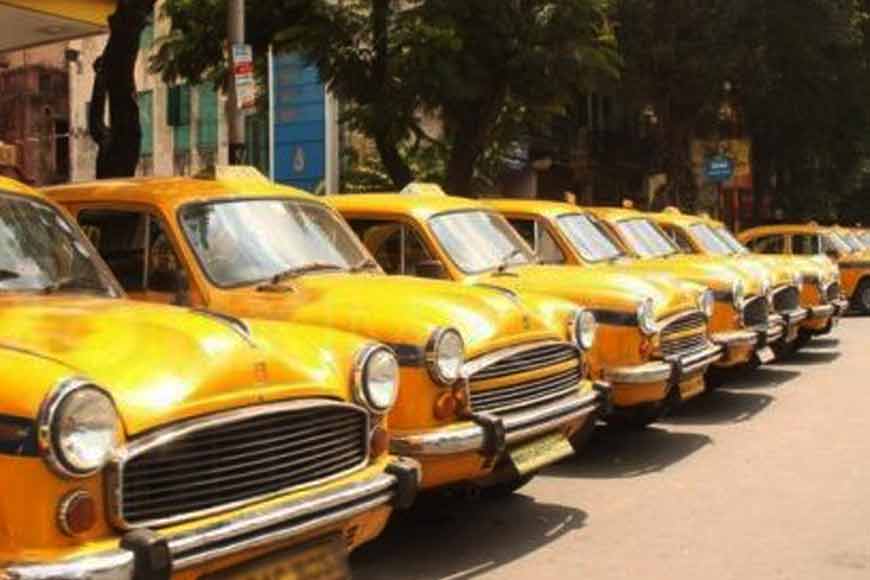Is Kolkata’s Yellow Taxi losing the battle with the App Cabs?

They first rolled out on the roads of Kolkata in 1958, the iconic yellow glossy and sturdy Ambassador taxis that became another name for the hustle and bustle of the City of Joy. But after 2014, when Hindustan Motors stopped manufacturing the Ambassador Classic cabs, the iconic Yellow Taxi took a hit, not as big as the last two years, when the Pandemic has literally ensured that the yellow cabs be wiped away from the streets of Kolkata. Once considered to be the “King of Indian Roads,” due to their reliability and prevalence, the yellow cabs are losing the battle to the App cabs, Ola and Uber, that can be booked online during Pandemic times and ensure they will be available as per the commuter’s requirement.
As Dhyan Singh, who landed in Kolkata from Bihar as a young boy recalls: ‘My father bought this taxi many years ago, and it was our only bread and butter. But today due to repeated Lockdowns, we are losing. People are booking App cabs as per requirement and we literally cannot go around the city hunting for customers at a time when the fuel price is so high. So we have decided to sell off our taxi at a junkyard and return to our village.’ Like Dhyan Singh, many yellow cab drivers who stay in and around Bhowanipur and Kalighat have the same story.
While several thousands of the Ambassador cabs still ply the city, the ever-increasing demand for app-based cabs and the pandemic-induced lockdown have put a final nail on their survival. Facing troubles in the second wave of the virus, several taxi drivers sold off the cars to make ends meet. Only nostalgia cannot sell, what one needs is a means to earning. Yellow taxis had always been the first choice for even foreign tourists. As it was what one can call heritage.
The first taxi came to Calcutta as early as 1907. From the lanes of Chowringhee, the metered taxi could reach Dumdum, Barrackpore and faraway Budge Budge. The fare was eight annas per mile. A small red 'chariot' with two cylinders, the taxi could only fit two passengers. But once the British left, the Calcutta taxi was lost. In 1956, Hindustan Motors made an Ambassador car, which could accommodate four passengers as well as luggage and that’s how the iconic yellow Calcutta taxi re-emerged.
Within a few years, Indian Motor Taxi Cab and Engineering Company was launched. Passengers lovingly called it the 'A' company because all the taxi numbers started with the letter 'A'. There were 80-90 taxis in their garage. Although some of the first taxi drivers were Bengalis, later, many Sikhs and Biharis joined the trade. By 1962, the Ambassador became the standard taxi model. Some were black and yellow or just yellow. The black taxis plied in the city, while the yellow taxi would travel inter-city. But just like the Pandemic has hit many trade, it seems the last blow to the yellow cabs of Kolkata was COVID-19.









